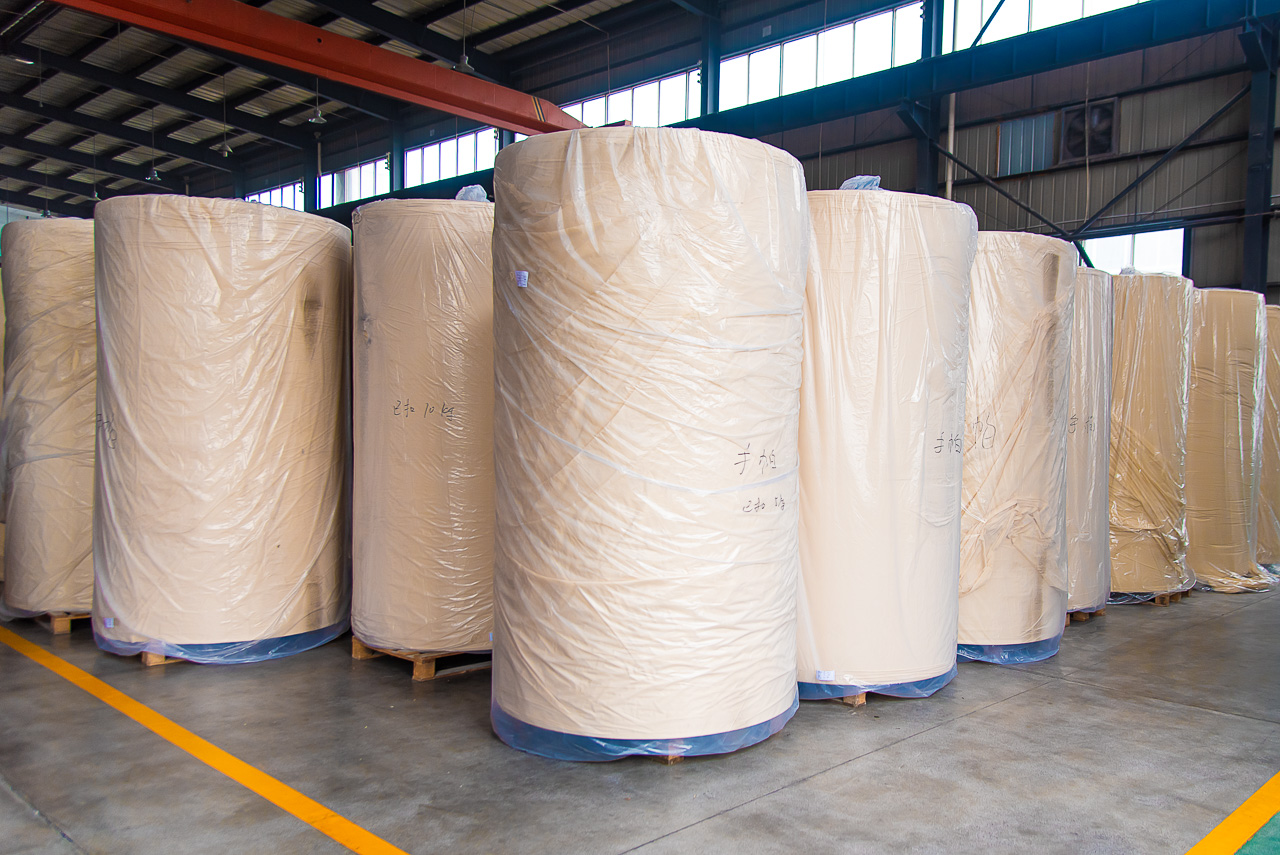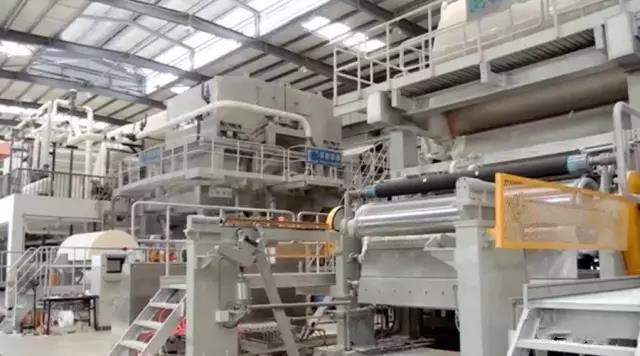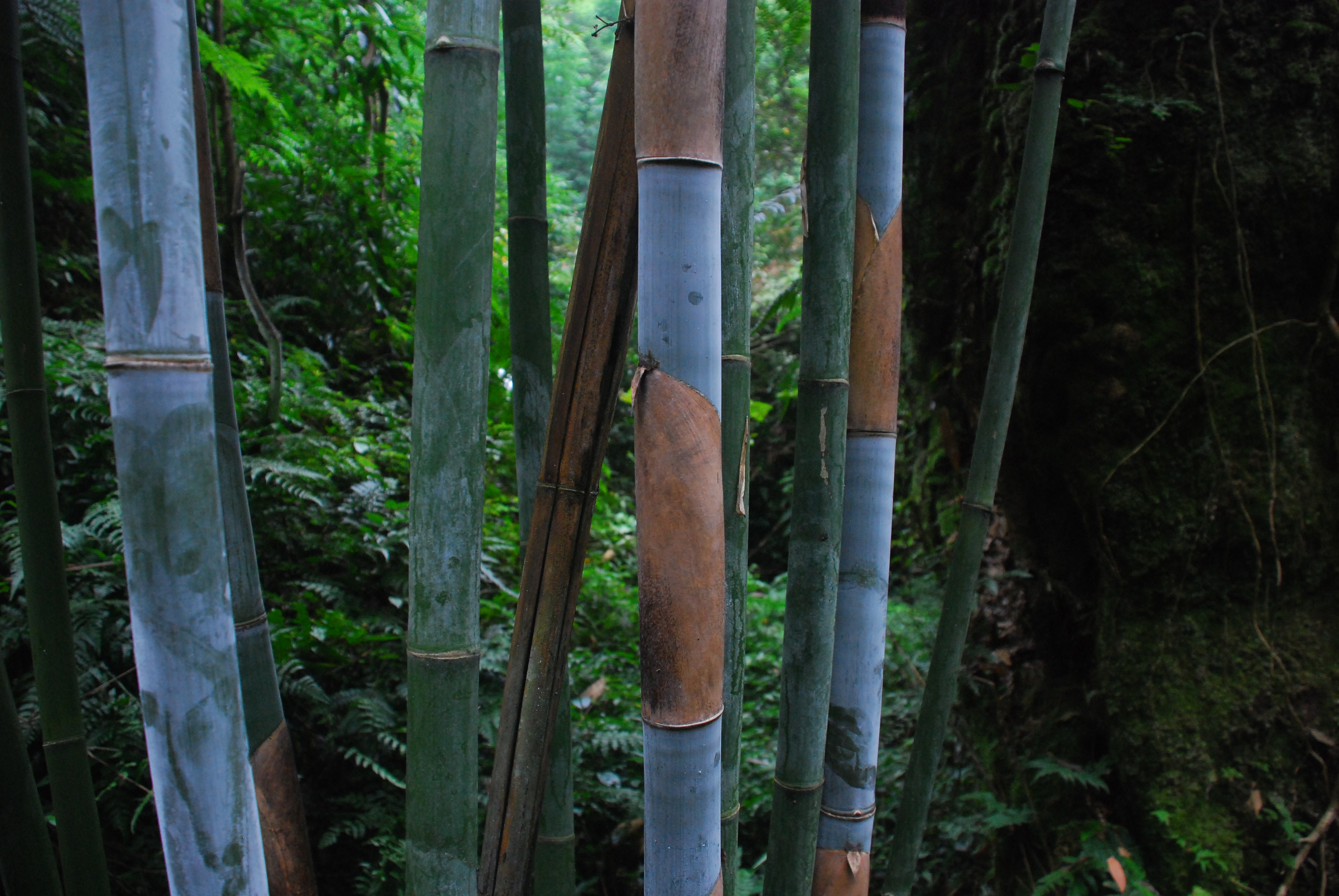●Bamboo pulp papermaking process
Since the successful industrial development and utilization of bamboo, many new processes, technologies and products for bamboo processing have emerged one after another, which has greatly improved the utilization value of bamboo. The development of China's mechanized pulping technology has broken through the traditional manual method and is transforming to an industrialized and industrialized production model. The current popular bamboo pulp production processes are mechanical, chemical and chemical mechanical. China's bamboo pulp is mostly chemical, accounting for about 70%; chemical mechanical is less, less than 30%; the use of mechanical methods to produce bamboo pulp is limited to the experimental stage, and there is no large-scale industrial report.

1.Mechanical pulping method
The mechanical pulping method is to grind bamboo into fibers by mechanical methods without adding chemical agents. It has the advantages of low pollution, high pulping rate and simple process. Under the situation of increasingly strict pollution control and shortage of wood pulp resources in the country, mechanical bamboo pulp has gradually been valued by people.
Although mechanical pulping has the advantages of high pulping rate and low pollution, it is widely used in the pulping and papermaking industry of coniferous materials such as spruce. However, due to the high content of lignin, ash, and 1% NAOH extract in the chemical composition of bamboo, the pulp quality is poor and it is difficult to meet the quality requirements of commercial paper. Industrial application is rare and is mostly in the stage of scientific research and technical exploration.
2.Chemical pulping method
The chemical pulping method uses bamboo as raw material and uses the sulfate method or sulfite method to make bamboo pulp. The bamboo raw materials are screened, washed, dehydrated, cooked, causticized, filtered, countercurrent washed, closed screening, oxygen delignification, bleaching and other processes to make bamboo pulp. The chemical pulping method can protect the fiber and improve the pulping rate. The obtained pulp is of good quality, clean and soft, easy to bleach, and can be used to produce high-grade writing paper and printing paper.
Due to the removal of a large amount of lignin, ash and various extracts in the pulping process of the chemical pulping method, the pulping rate of bamboo pulping is low, generally 45%~55%.
3.Chemical Mechanical Pulping
Chemical Mechanical Pulping is a pulping method that uses bamboo as raw material and combines some characteristics of chemical pulping and mechanical pulping. Chemical Mechanical Pulping includes semi-chemical method, chemical mechanical method and chemical thermomechanical method.
For bamboo pulping and papermaking, the pulping rate of chemical mechanical pulping is higher than that of chemical pulping, which can generally reach 72%~75%; the quality of pulp obtained by chemical mechanical pulping is much higher than that of mechanical pulping, which can meet the general requirements of commodity paper production. At the same time, the cost of alkali recovery and sewage treatment is also between chemical pulping and mechanical pulping.

▲Bamboo Pulping Production Line
●Bamboo Pulp Papermaking Equipment
The equipment of the forming section of the bamboo pulp papermaking production line is basically the same as that of the wood pulp production line. The biggest difference of bamboo pulp papermaking equipment lies in the preparation sections such as slicing, washing and cooking.
Because bamboo has a hollow structure, the slicing equipment is different from that of wood. Commonly used bamboo slicing (flaking) equipment mainly includes roller bamboo cutter, disc bamboo cutter and drum chipper. Roller bamboo cutters and disc bamboo cutters have high working efficiency, but the quality of processed bamboo chips (bamboo chip shape) is not as good as that of drum chippers. Users can choose appropriate slicing (flaking) equipment according to the purpose of bamboo pulp and production cost. For small and medium-sized bamboo pulp plants (output <100,000 t/a), domestic bamboo slicing equipment is sufficient to meet production needs; for large bamboo pulp plants (output ≥100,000 t/a), internationally advanced large-scale slicing (flaking) equipment can be selected.
Bamboo chip washing equipment is used to remove impurities, and many patented products have been reported in China. Generally, vacuum pulp washers, pressure pulp washers and belt pulp washers are used. Medium and large enterprises can use new double-roller displacement press pulp washers or strong dewatering pulp washers.
Bamboo chip cooking equipment is used for bamboo chip softening and chemical separation. Small and medium-sized enterprises use vertical cooking pots or horizontal tube continuous cookers. Large enterprises can use Camille continuous cookers with diffusion washing to improve production efficiency, and the pulp yield will also increase accordingly, but it will increase the one-time investment cost.
1.Bamboo pulp papermaking has great potential
Based on the survey of China's bamboo resources and the analysis of the suitability of bamboo itself for papermaking, vigorously developing the bamboo pulping industry can not only alleviate the problem of tight wood raw materials in China's paper industry, but also be an effective way to change the raw material structure of the papermaking industry and reduce dependence on imported wood chips. Some scholars have analyzed that the unit cost of bamboo pulp per unit mass is about 30% lower than that of pine, spruce, eucalyptus, etc., and the quality of bamboo pulp is equivalent to that of wood pulp.
2.Forest-paper integration is an important development direction
Due to the fast-growing and regenerative advantages of bamboo, strengthening the cultivation of fast-growing special bamboo forests and establishing a bamboo pulp production base that integrates forest and paper will become a direction for the sustainable development of China's pulp and papermaking industry, reducing dependence on imported wood chips and pulp, and developing national industries.
3.Cluster bamboo pulping has great development potential
In the current bamboo processing industry, more than 90% of the raw materials are made of moso bamboo (Phoebe nanmu), which is mainly used to produce household items and structural materials. Bamboo pulp papermaking also mainly uses moso bamboo (Phoebe nanmu) and cycad bamboo as raw materials, which forms a raw material competition situation and is not conducive to the sustainable development of the industry. On the basis of existing raw bamboo species, the bamboo pulp papermaking industry should vigorously develop a variety of bamboo species for raw material utilization, make full use of the relatively low-priced cycad bamboo, giant dragon bamboo, phoenix tail bamboo, dendrocalamus latiflorus and other clumping bamboo for pulping and papermaking, and improve market competitiveness.

▲Clustered bamboo can be used as an important pulp material
Post time: Sep-04-2024




